Where some see a piece of city history, others envision a new high-rise. Such is the tension between preservationists and developers, who’ve argued over which buildings should be saved since the days of the old Penn Station. Two current battlegrounds: a 96-year-old church in the East Village and a former tiling showroom on 41st Street. Some crafty building owners, like those below, have cut the conversation short by demolishing their buildings at the first whiff of Landmarks Commission enthusiasm.
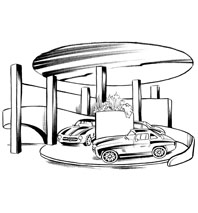
Hoffman’s Auto Showroom
Years: 1954–March 2013
Location: 430 Park Avenue, at 56th Street
Landmark potential: The former luxury-car importer Maxmilian Hoffman commissioned Frank Lloyd Wright to design this spiral showroom, Wright’s first built structure in New York City. Some architectural historians believe it served as inspiration for the Guggenheim Museum.
Demolition: The Landmarks Preservation Commission informed the building’s owners, Midwood Investment & Management and Oestreicher Properties, on March 22 of its interest in designating the showroom as the city’s 115th interior landmark. On March 28, the owners requested and got approval for a demolition permit from the Department of Buildings. A week later, the space was gone.
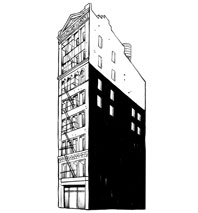
Screw Factory
Years: 1898–October 2007
Location: 30 Great Jones Street
Landmark potential: In 1999, Landmarks established a historic district including some 125 buildings from the 1850s to the 1910s. In 2008, the district was extended to include the area around the screw factory.
Demolition: According to Simeon Bankoff, the head of the Historic Districts Council, the map for the proposed extension was leaked months before the scheduled public hearing. Landowners rushed to make changes to their buildings, including the screw factory’s owner, Edison Properties, which tore down the building. It’s now a parking lot.
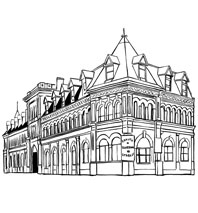
The Dakota Stables
Years: 1894–October 2006
Location: Amsterdam Avenue and 77th Street
Landmark potential: 1894 Romanesque-revival Dakota Stables, more recently used as a parking garage.
Demolition: Demo crews destroyed the brick cornices of the stables just four days before the scheduled Landmarks hearing to preserve the building. The meeting still took place, “but it was pointless,” says Bankoff, since the distinctive features were already destroyed. The building has since been replaced with a sixteen-story luxury condo building by Robert A.M. Stern.
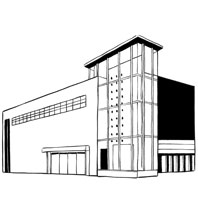
Odd Job Building
Years: 1949–March 2005
Location: Union Square
Landmark potential: The double-height glass tower was designed by Morris Lapidus, the architect behind the classic neon-flamboyant style of Miami Beach’s hotels.
Demolition: A wrecking ball destroyed the tower just hours before the commission scheduled its hearing about landmarking the building.
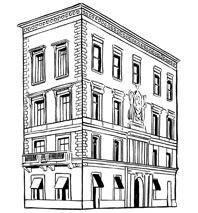
ASPCA Headquarters
Years: 1896–June 2001
Location: 50 Madison Avenue
Landmark potential: The five-story nineteenth-century Beaux Arts limestone building sits on the edge of what is now the Madison Square North Historic District. Originally home to the ASPCA, the building housed a series of office tenants beginning in the 1950s.
Demolition: Just twelve days before the Landmarks hearing, the developer, Samson Management, obtained permits to remove much of the building’s ornamentation and add six stories of luxury apartments on top of the existing structure.
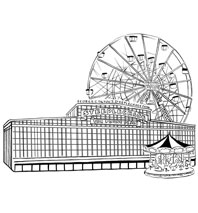
Steeplechase Park
Years: 1897–1966
Location: Coney Island
Landmark potential: Part of the original Coney Island amusement park with the Cyclone, the Wonder Wheel, and the Parachute Jump, all of which were eventually landmarked.
Demolition: The park was acquired by Fred Trump (Donald’s father), who wanted to build a high-rise housing development on the site. Before it could get landmark status, he hosted a demolition party, inviting guests to throw bricks through the windows before the bulldozers moved in.
Have good intel? Send tips to intel@nymag.com.